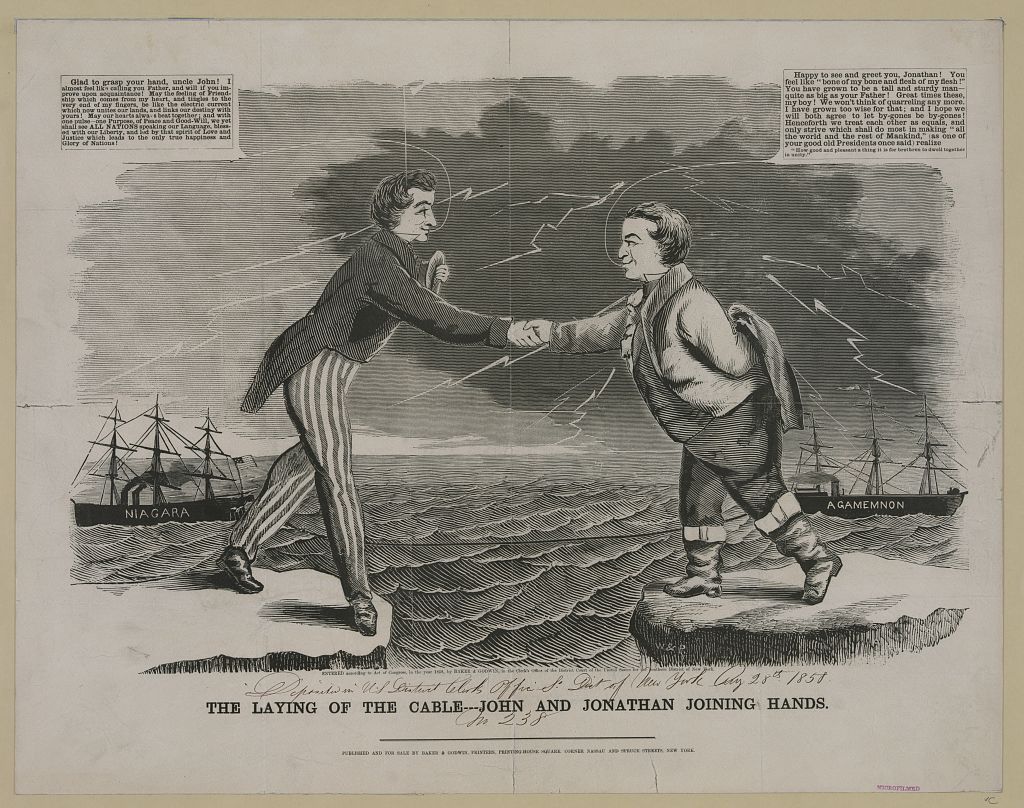In the nineteenth century there were no televisions, aeroplanes, computers, or spacecraft; neither were there antibiotics, credit cards, microwave ovens, compact discs, or mobile phones.
There was, however, an Internet.
During Queen Victoria’s reign, a new communications technology was developed that allowed people to communicate almost instantly across great distances, in effect shrinking the world faster and further than ever before. A world-wide communications network whose cables spanned continents and oceans, it revolutionised business practice, gave rise to new forms of crime, and inundated its users with a deluge of information. Romances blossomed over the wires. Secret codes were devised by some users, and cracked by others. The benefits of the network were relentlessly hyped by its advocates, and dismissed by the sceptics. Governments and regulators tried and failed to control the new medium. Attitudes to everything from newsgathering to diplomacy had to be completely rethought. Meanwhile, out on the wires, a technological subculture with its own customs and vocabulary was establishing itself.
The telegraph unleashed the greatest revolution in communications since the development of the printing press. Modern Internet users are in many ways the heirs of the telegraphic tradition, which means that today we are in a unique position to understand the telegraph — and the telegraph, in turn, can give us a fascinating perspective on the challenges, opportunities and pitfalls of the Internet. (Tom Standage, author, “The Victorian Internet”)

To read about the electric telegraph, see next page.


